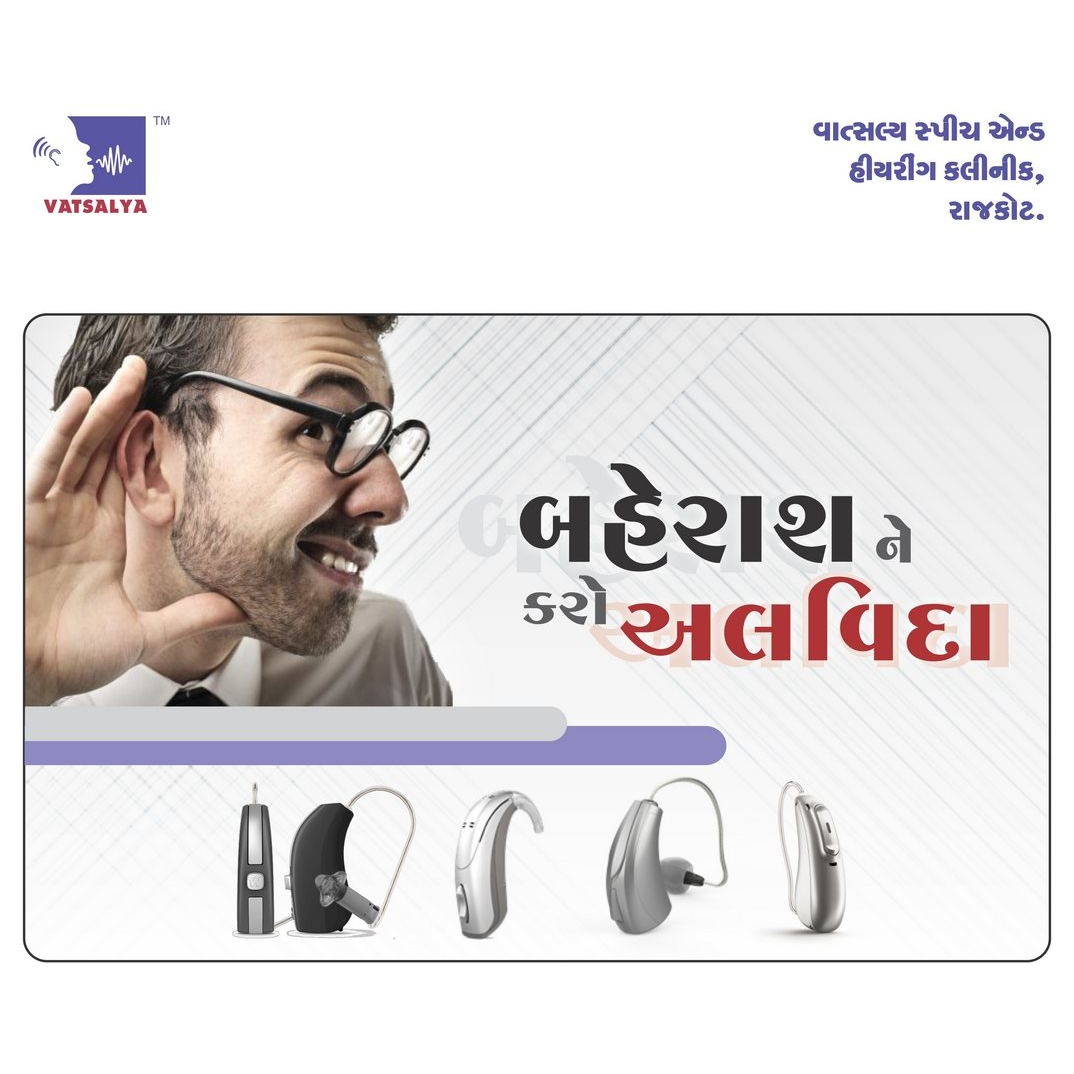+918042785198

This is your website preview.
Currently it only shows your basic business info. Start adding relevant business details such as description, images and products or services to gain your customers attention by using Boost 360 android app / iOS App / web portal.
Are you in the market for a new hearing aid but fe...

Are you in the market for a new hearing aid but feeling overwhelmed by all the different types and options available? Don't worry, we've got you covered! In this blog article, we will break down the various types of hearing aids and their uses to help you make an informed decision. First up, we have the Behind-the-Ear (BTE) hearing aid. This powerful hearing aid sits discreetly behind the ear and is suitable for all ages and levels of hearing loss. The sound is sent through a tube to an ear mold inside the ear canal, providing clear and amplified sound. Next, we have the In-the-Ear (ITE) hearing aid, custom-made to fit in the outer portion of the ear. This style is ideal for those with mild to severe hearing loss and offers a comfortable and convenient solution. If you're looking for something even smaller and more discreet, the In-the-Canal (ITC) and Completely-in-the-Canal (CIC) hearing aids may be the perfect fit. The ITC style fits partly in the ear canal, while the CIC style sits entirely inside the canal, nearly invisible to the naked eye. For those who want the ultimate in discretion, the Invisible-in-the-Canal (IIC) hearing aid is the way to go. This tiny device sits deep inside the canal and is virtually undetectable, making it a great option for those with mild to moderate hearing loss. If you prefer a Receiver-in-Canal (RIC) or Receiver-in-the-Ear (RITE) style, you can enjoy the benefits of a BTE hearing aid with the speaker located in the ear canal. This open-fit design is ideal for those with mild to severe hearing loss. For those with conductive hearing loss or single-sided deafness, the Bone-Anchored Hearing Aid (BAHA) may be the solution you've been looking for. This surgically implanted device conducts sound through the bone, providing clear and natural sound. If you have hearing loss in one ear or one deaf ear and hearing loss in the other, a CROS or BiCROS system may be the best option for you. These aids are designed specifically for those with single-sided deafness, providing balanced sound for both ears. No matter what type of hearing aid you choose, it's important to work with an audiologist to ensure a proper fitting and maintenance. With advancements in technology, digital, rechargeable, Bluetooth, and smart hearing aids are all options to consider for a customized and efficient solution to your hearing loss. So don't let hearing loss hold you back any longer - explore the various types of hearing aids available and find the perfect fit for your lifestyle and needs. With the right hearing aid, you can enjoy clear and amplified sound for a more engaging and fulfilling life.

